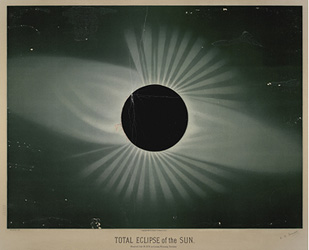Plate III, Total Eclipse of the Sun. Observed July 29, 1878, at Creston, Wyoming Territory.
From The Trouvelot Astronomical Drawings.
tienne Lopold Trouvelot
New York: C. Scribner’s Sons, 1882
Chromolithograph
From the Special Collections of the University of Michigan Shapiro Science Library
A solar eclipse is due to the passage of the Moon directly between the observer and the Sun. The Moon’s orbit does not lie precisely in the same plane as the orbit of the Earth, but is inclined about five degrees to it, otherwise an eclipse of the Sun would occur at every New Moon, and an eclipse of the Moon at every Full Moon...
Plate 3, representing the total eclipse of the Sun of July 29th, 1878, was drawn from my observations made at Creston, Wyoming Territory, for the Naval Observatory. The eclipse is represented as seen in a refracting telescope, having an aperture of 6 1⁄3 inches, and as it appeared a few seconds before totality was over, and when the chromosphere was visible on the western limb of the Sun. The two long wings seen on the east and west side of the Sun, appeared considerably larger in the sky than they are represented in the picture.1
1 Trouvelot 23-27.






